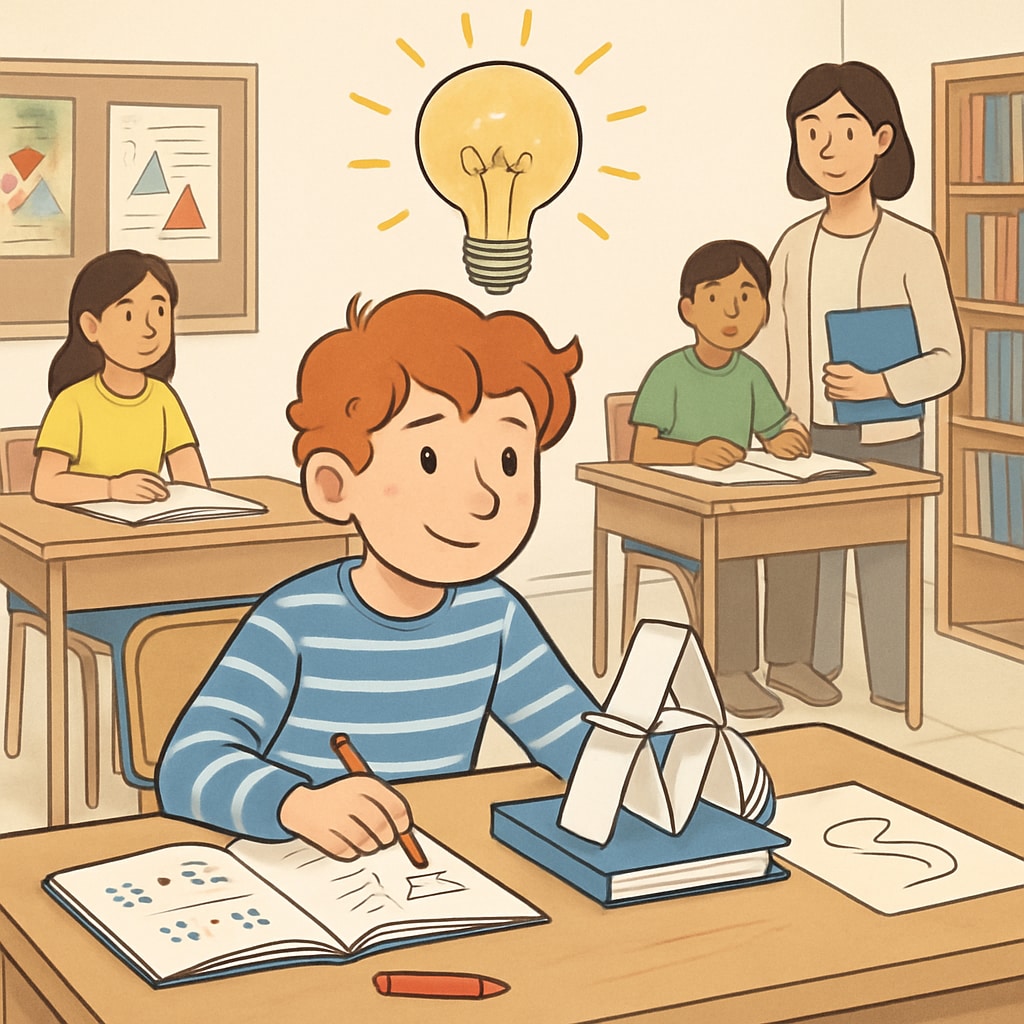Gifted programs, ADHD, and standardized testing often intersect in ways that inadvertently exclude high-potential students with learning differences. While these programs aim to nurture exceptional abilities, the reliance on rigid criteria like standardized tests can result in systemic bias. This article explores how such frameworks unintentionally overlook students with ADHD and calls for a more inclusive system to identify and support all types of gifted learners.
The Limitations of Standardized Testing in Identifying Gifted Students
Standardized tests are a cornerstone of gifted program selection, but their design inherently favors students who excel within traditional learning environments. For students with ADHD (Attention-Deficit/Hyperactivity Disorder), this creates a significant barrier. ADHD affects focus, attention, and impulse control, which can hinder performance on time-restricted, high-pressure exams. However, these same students often demonstrate exceptional creativity, problem-solving skills, and out-of-the-box thinking—qualities that standardized tests fail to capture.
Research indicates that the correlation between ADHD and high intelligence is more common than widely recognized. A study published in the National Center for Biotechnology Information shows that many individuals with ADHD exhibit advanced reasoning abilities and innovative thinking. Yet, traditional testing methods tend to penalize rather than highlight these strengths.

Giftedness Redefined: Broadening the Selection Criteria
To ensure equity in identifying gifted students, it is essential to move beyond standardized tests. Broader evaluation methods should include teacher recommendations, parent input, creative portfolios, and behavioral assessments. These approaches provide a more holistic view of a student’s abilities, particularly for those whose talents lie outside conventional academic metrics.
For example, teacher observations can play a critical role in identifying students who exhibit gifted traits, such as exceptional curiosity, advanced verbal skills, or a keen interest in complex topics. Similarly, creativity assessments can highlight divergent thinking skills—an area where many ADHD students excel. By diversifying the criteria, schools can better recognize and support a wider range of gifted learners.

Challenges and Opportunities in Inclusive Gifted Education
Implementing a more inclusive gifted identification process is not without challenges. Schools often face resource constraints, lack of training for educators, and entrenched biases in favor of traditional academic success. However, the benefits of inclusivity outweigh these obstacles. By embracing a wider definition of giftedness, educators can unlock the potential of students who might otherwise be overlooked.
One promising initiative is the use of dynamic assessment tools, which evaluate a student’s learning potential rather than their current knowledge base. These tools focus on how students approach problem-solving and adapt to new challenges, making them particularly effective for identifying high-potential learners with ADHD. Programs like the National Association for Gifted Children advocate for such innovative practices to ensure no student is left behind.
Creating a Path Forward: Recommendations for Educators
To better serve students with ADHD and other learning differences, schools and educators can adopt the following strategies:
- Incorporate multiple assessment methods, including qualitative measures like teacher and parent observations.
- Provide professional development for educators to recognize and nurture diverse expressions of giftedness.
- Foster an inclusive classroom environment that values creativity, collaboration, and nontraditional problem-solving skills.
- Advocate for policy changes that prioritize equity in gifted education programs.
By taking these steps, schools can create a more equitable system that recognizes and supports all gifted students, regardless of their learning style or challenges.
In conclusion, the intersection of gifted programs, ADHD, and standardized testing highlights a critical gap in educational equity. By rethinking our approach to identifying giftedness, we can ensure that no high-potential student is left behind. It’s time to embrace a broader, more inclusive vision of what it means to be gifted.
Readability guidance: This article has been structured with clear headings, concise paragraphs, and a balanced use of active voice. Lists and examples are included to enhance understanding and engagement, while overuse of technical jargon is avoided to maintain accessibility for a general audience.


